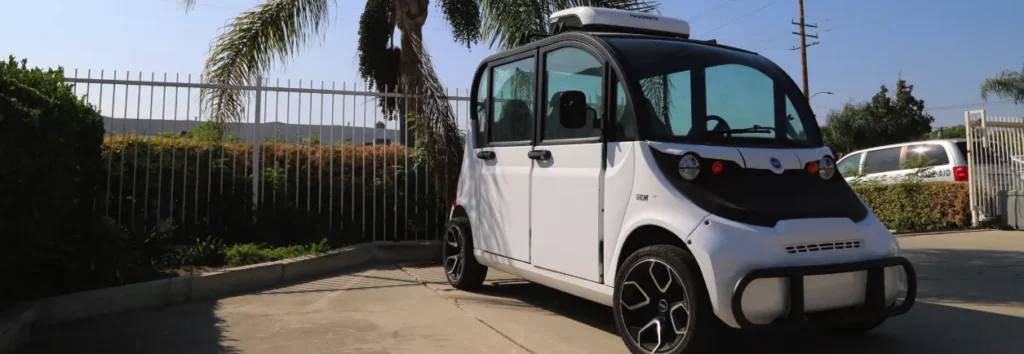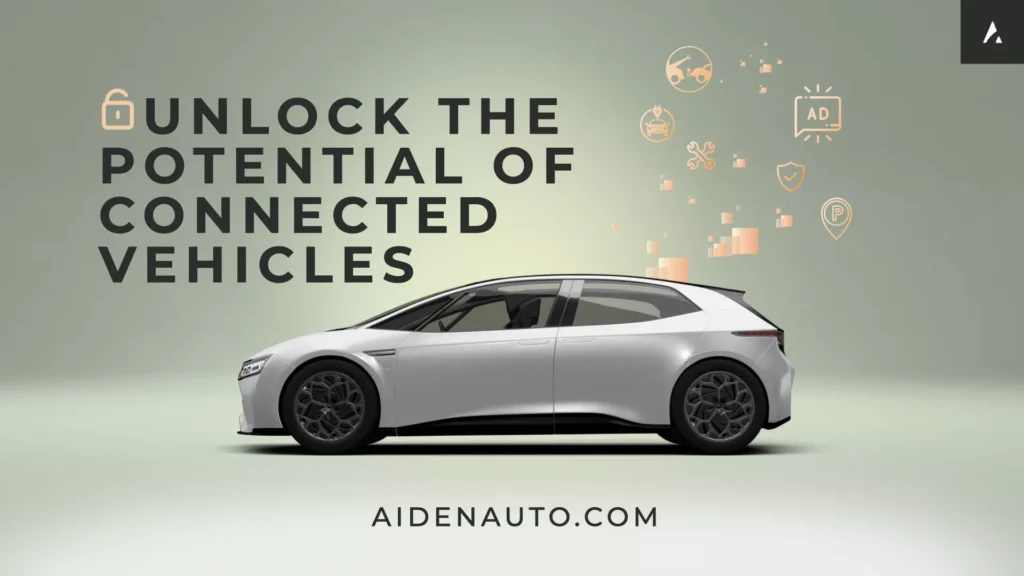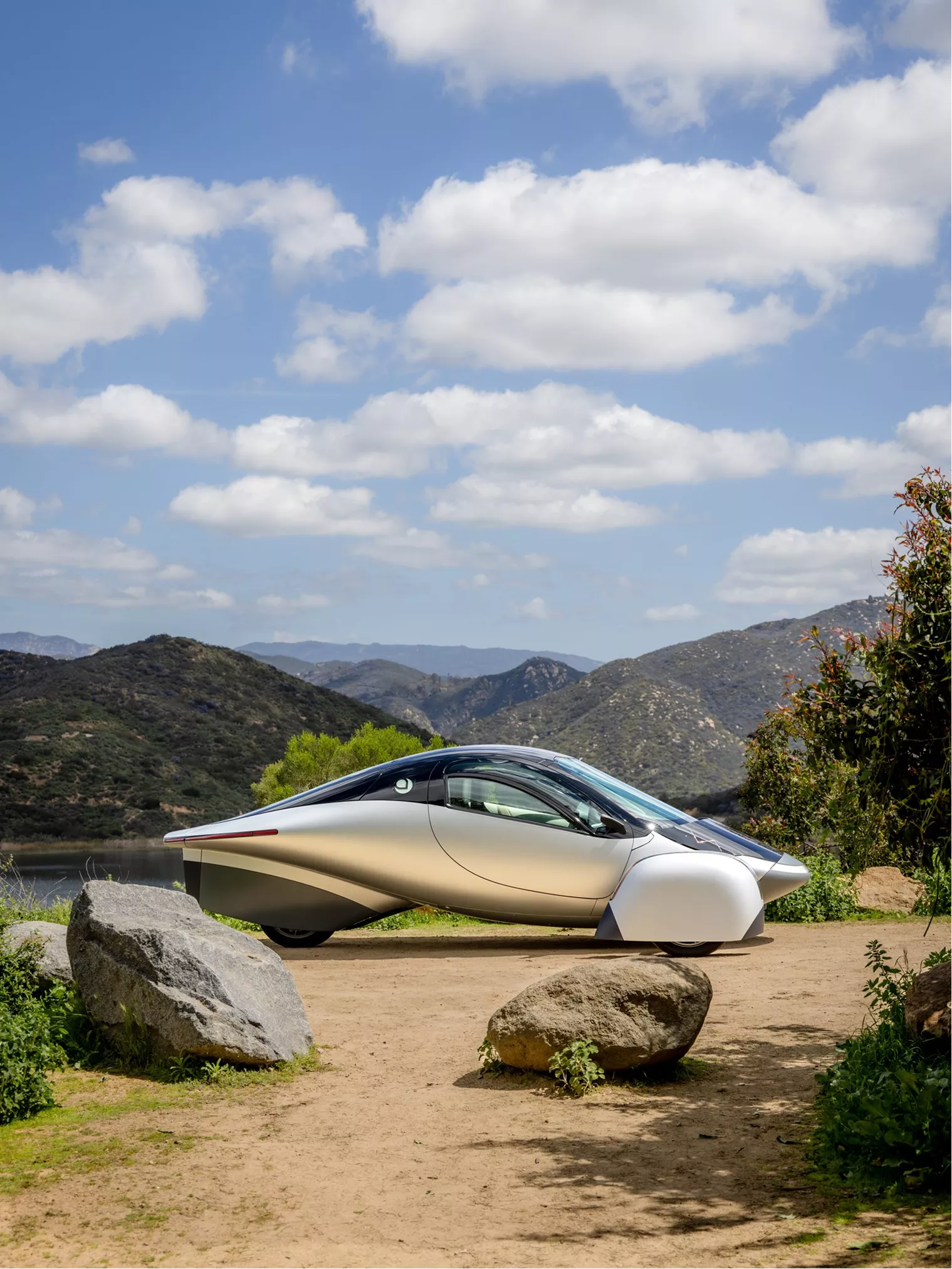










From EVs and batteries to autonomous vehicles and urban transport, we cover what actually matters. Delivered to your inbox weekly.

The e-scooter industry is going through a massive shake-up.
What started as an explosion of micromobility startups is now a survival game. Some brands are merging to stay alive, others are shutting down entirely, and only a few will come out on top.
Why?
💸 Razor-thin margins and high operational costs are making profitability nearly impossible.
🏙 Cities are tightening regulations, limiting the number of scooter operators allowed on their streets.
📉 Venture capital is drying up, and investors want profits — not just growth.
The result? The e-scooter gold rush is over.
The industry is consolidating fast, with fewer brands controlling bigger markets. What does this mean for riders, cities, and the future of micromobility?
Let’s break it down.
The e-scooter boom was fast and chaotic. Cities were flooded with scooters, investors poured billions into startups, and for a while, it looked like micromobility would take over urban transport.
Now? Reality is hitting hard.
The industry is going through a massive consolidation phase, and only the strongest players will survive. Here’s what’s driving the shakeout.
E-scooter companies were built on scaling fast, but few figured out how to make money. The unit economics are brutal:
Bird Global, once valued at $2.5 billion, burned through cash trying to scale — only to file for bankruptcy in 2023.
Cities love the idea of micromobility but hate the chaos it can bring.
After early waves of scooter clutter, sidewalk blockages, and safety concerns, many cities cracked down:
These regulatory pressures are forcing e-scooter companies to adapt or perish in an increasingly restrictive environment.
Early investors bet big on growth, hoping e-scooter startups would scale into cash machines.
Instead? Most are still bleeding money — and VCs are done waiting.
For years, funding rounds flowed freely, fueling aggressive expansion.
Now? Investors want real profits, not just market share.
Unu, a German e-scooter startup, collapsed under rising material costs and declining demand — a warning sign for other operators trying to scale in a tougher economic climate.
The e-scooter industry is in survival mode. The companies that cut inefficiencies, secure city partnerships, and prove profitability will dominate.
The rest? They won’t make it.
The e-scooter industry isn’t what it used to be. A few years ago, the streets were flooded with competing operators, each fighting for dominance.
But now? Only the strongest are left standing.
As funding dries up and cities tighten regulations, companies are merging, acquiring, and cutting deals just to stay in the game.
Consolidation is the new survival strategy.
TIER + Spin + Dott – TIER Mobility has gone all-in on expansion, acquiring Spin from Ford and merging with Dott to form a micromobility giant operating across 20+ countries. The goal? Economies of scale—lower costs, shared tech, and a larger user base.
Bird + Circ – In 2020, Bird bought Circ to expand into Europe—but it wasn’t enough. Despite the acquisition, Bird struggled with profitability and filed for bankruptcy in 2023. But they rose again one year later and had an incredible comeback story.
Lime’s strategy: play it smart – While others merged, Lime avoided major acquisitions. Instead, it focused on profitability and winning city permits, making it one of the few micromobility companies that actually turned a profit in 2023.
The e-scooter industry is no longer a free-for-all. The age of easy funding and unlimited expansion is over — now it’s all about survival, efficiency, and profitability.
Expect more mergers, higher prices, and fewer choices in the coming years.
The question is: Will this make micromobility stronger or just less accessible?
The e-scooter industry has seen rapid growth, but not all players have managed to stay afloat. Several factors have contributed to the downfall of smaller e-scooter companies:
The e-scooter free-for-all is over. Cities have seen the chaos — cluttered sidewalks, safety concerns, and fleets left abandoned — and they’re tightening the rules.
Some are working with operators, while others are kicking them out entirely.
Cities aren’t just regulating scooters — they’re making them part of the bigger transport picture.
Helsinki is working with operators to use AI-powered systems that guide riders on where to park and how to ride safely.
London’s e-scooter trials are directly linked to transit hubs, giving riders last-mile connectivity.
And across the Atlantic, LA and Chicago are experimenting with discounted micromobility passes for low-income residents, helping bridge the transit gap.
No more “anyone can launch a scooter fleet.” Cities are shifting to permit-based tenders, where only a handful of operators get approved.
What this means:
🚦 Less chaos – No more streets flooded with abandoned scooters.
💰 Higher prices – Fewer competitors = less pressure to keep rides cheap.
🛑 Some riders left behind – If your city only picks two operators, tough luck if your favorite one isn’t included.
For example, Paris used to allow multiple operators. But after banning dockless scooters, the city only grants permits to a few selected micromobility companies.
Some cities aren’t just regulating e-scooters — they’re considering running them themselves.
Cities are taking control of micromobility.
Some are partnering with private companies, some are cutting fleets, and others are eyeing their own government-backed programs.
One thing’s clear: The days of free-for-all e-scooter startups flooding cities are over.
The e-scooter industry is being restructured.
Fewer players. Bigger stakes. Smarter business models.
By 2030, only the strongest will survive.
The e-scooter industry is consolidating fast — and the future belongs to those who scale smart, stay profitable, and work with cities, not against them.
The e-scooter industry started with a wild west mentality — dozens of startups fighting for space, city governments scrambling to regulate, and investors pouring cash into fast-scaling brands.
But now? The industry is shifting toward fewer, bigger players controlling larger shares of the market.
So, is this consolidation a good thing or a warning sign?
Micromobility isn’t going anywhere, but the industry is looking less like a free market and more like a controlled ecosystem where only the strongest survive.
Will the biggest players use their power to create smarter, greener cities, integrating seamlessly with public transit?
Or will they prioritize profits over progress, leading to higher prices and fewer choices for riders? Remains yet to be seen.